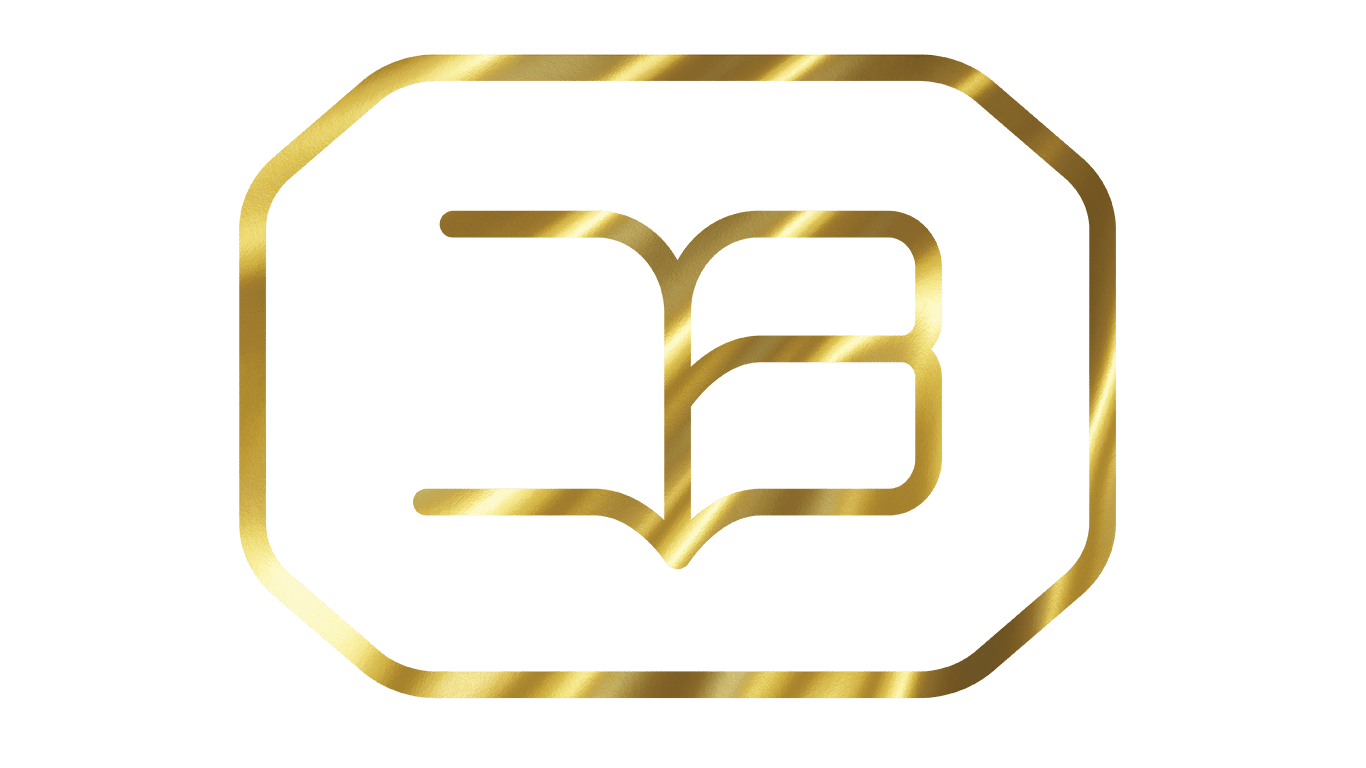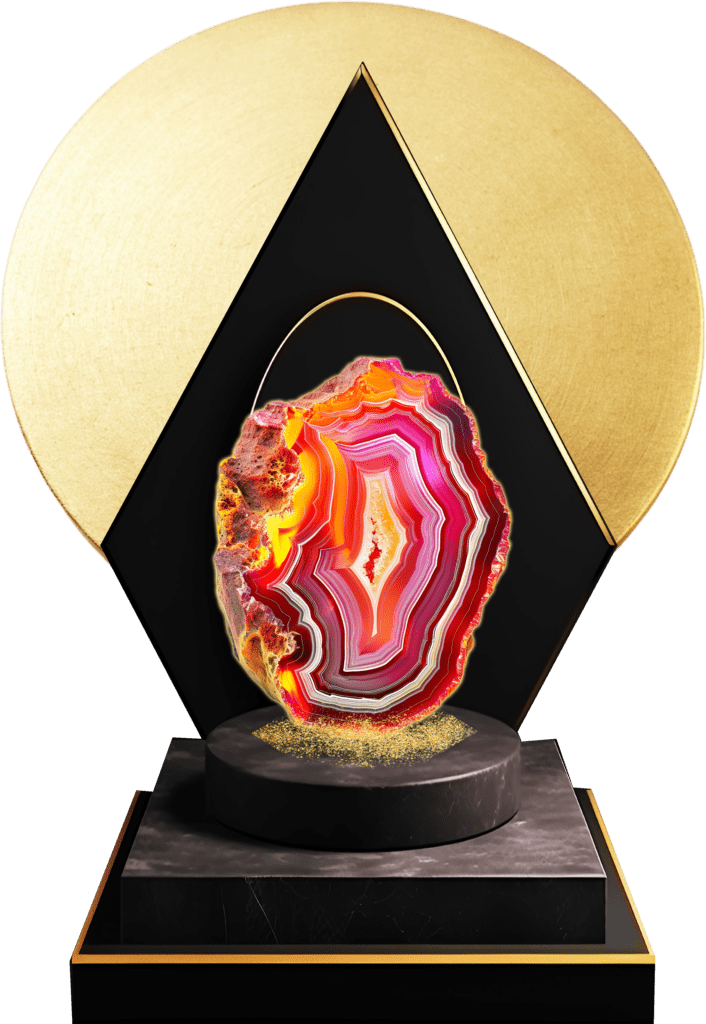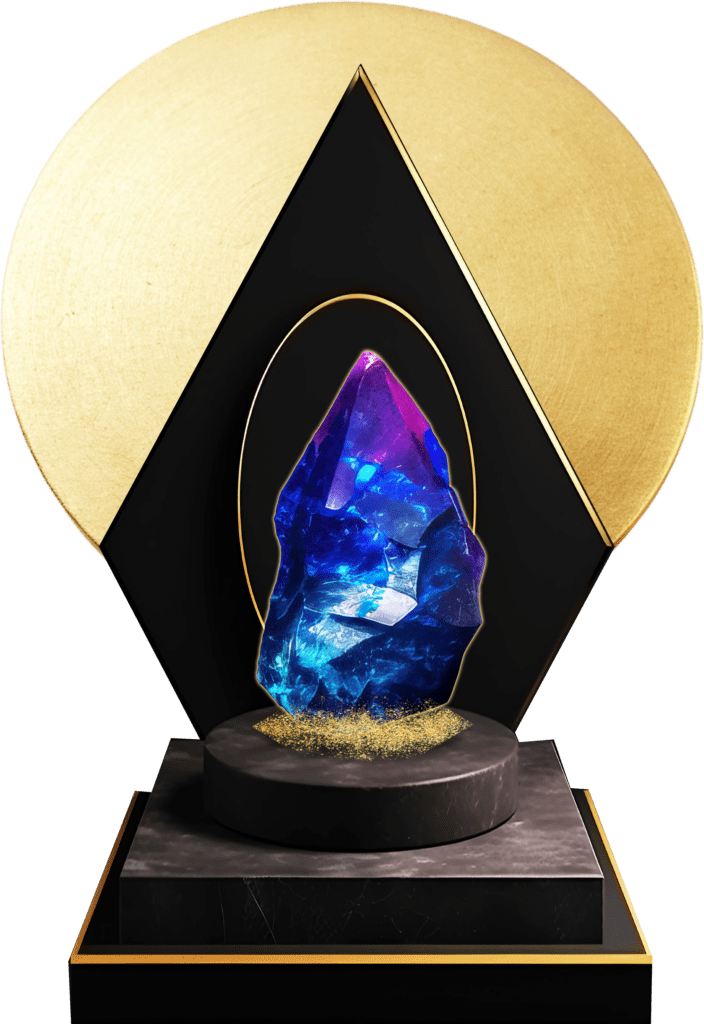צרו איתנו קשר!
רפואה - אופתלמולוגיה
Ophthalmology
About The Course
על הקורס
בקורס נכיר את המבנה האנטומי של העיניים לעומקו. נלמד על החלקים השונים של העין, על מורכבותם ועל תרומתם וחשיבותם לתקינות של חוש הראיה.
בנוסף, נתמקד גם בכל המבנים המהווים את המעטפת ומבני העזר של העין: נלמד על השרירים שמאפשרים את התנועה של גלגל העין לכיוונים השונים, על החשיבות של ערובות העיניים, העצבים הקרניאלים המסייעים לתפקוד התקין של העין (עצב הראיה, עצבים שאחראים על רפלקסים שונים כמו מצמוץ, הרחבה/צמצום של האישון, הסטה של גלגל העין ועוד…), בלוטת הדמעות, ייצור נוזל העין והצינורות שמנקזים את הדמעות אל האף, המבנה הכימי של מסך הדמעות ועל החשיבות והתפקיד של כל אחת מהשכבות המרכיבות אותו. נלמד לאבחן את תקינות הדמעות בעזרת "מבחן שימר" ונעסוק בטיפול בבעיות הקשורות לדמעות, למשל, יובש בעיניים ונרחיב על הסכנות הנשקפות לעין כתוצאה מכך.
נעסוק בסוגיות ושאלות הקשורות לראיה, כגון, מדוע יש לנו 2 עיניים? איך זה משפיע על שדה הראיה שלנו? בנוסף, נדגים איך זה תורם לראיית עומק ולאומדן מרחק. ונדבר על העקרונות של בדיקת ראייה.
נעמיק בתופעות אופטיות שונות ונסביר לעומק איך אנחנו מנצלים תופעות כמו "היסט" לבדיקת קרקעית העין, שיקוף לבדיקת הקרנית והעדשה ועוד…
נכיר את הבדיקה האופטלמוסקופית לסוגיה השונים ונלמד על ההבדלים בין אופטלמוסקופיה ישירה לאופטלמוסקופיה בלתי ישירה ונענה על שאלות כגון: מתי נבחר באיזה אופטלמוסקופיה נשתמש? מה היתרונות והחסרונות של כל אחת מהן? איך "מנווטים" עם האופטלמוסקופ על קרקעית העין ומזהים את המבנים השונים שבה? באיזה פילטרים נשתמש ומתי?
נעסוק בבדיקת "תמונת פורקינייה" לאבחון תקינות הקרנית והעדשה, נבין מה יוצר את כל אחת מהצלמיות ועל הפיזיקה של הופעתן ישר או במהופך.
נלמד לאבחן כיבים בקרנית באמצעות חומר פלורסנטי. וכיצד לקבל החלטה לפי רמת הפגיעה האם לטפל בהם וכיצד? נלמד על השתלת קרנית, על היתרונות שלה אך גם על הסיכונים הכרוכים בה. (אם יתאפשר ונספיק אז ניכנס גם לניתוחי לייזר)
נגלה איך עובדת הפיזיולוגיה של ראיית הצבעים מהשלב של קליטת האור על-ידי הקולטנים שברשתית ועד לשלב הפרשות של הראיה במוח. בנוסף, נגלה כיצד לאבחן עיוורון צבעים. נדבר על הקשר בין מגדר לסיכוי להיוולד עם עיוורון צבעים והסיבות הגנטיות לכך תוך היכרות עם טרמינולוגיה ביולוגית מעולם הגנטיקה.
נבין את החשיבות לשמירה על לחץ תוך עיני תקין ונלמד איך עובדת טונומטריה למדידת הלחץ בתוך העין.
לאחר שלמדנו איזה בדיקות קליניות ופיזיקליות ניתן לעשות כדי לאבחן את תקינות המבנים האנטומים בעין ואת הראייה עצמה, נכיר את הפרוצדורות הרפואיות שניתן לעשות כדי לתקן בעיות כאלו כשהן מתגלות.
נלמד על פתולוגיות כמו קטרקט ובעיות בלחץ התוך עיני (כמו גלאוקומה), אבחון וטיפול בדלקות בלחמית העין, (אם יתאפשר ונספיק אז גם על עיוותים בעפעפיים, הכרות עם מונחים כמו אנטרופיון/אקטרופיון והניתוחים לתיקון של מצבים אלו).
* הקורס יותאם לרמת כל שכבת גיל.
In this course, we will delve into the intricate anatomical structure of the eyes. We will study the various components of the eye, their complexity, and their contribution and importance to the proper functioning of the sense of vision. Additionally, we will focus on the structures that comprise the eye's envelope and auxiliary structures: we will learn about the muscles that enable eye movement in different directions, the importance of the eye sockets, the cranial nerves that aid in the proper functioning of the eye (optic nerve, nerves responsible for various reflexes such as blinking, pupil dilation/constriction, eye deviation, and more), the lacrimal gland, aqueous humor production, and the ducts that drain tears into the nose, the chemical composition of the tear film, and the importance and role of each layer that composes it. We will learn to assess tear adequacy using the "Schirmer test" and address tear-related problems, such as dry eyes, elaborating on the potential risks to the eye as a result. We will explore issues and questions related to vision, such as why we have two eyes and how this affects our field of vision, demonstrating how this contributes to depth perception and distance estimation, and discuss the principles of vision testing. We will delve into various optical phenomena and explain in depth how we utilize phenomena such as "parallax" for fundus examination, reflection for corneal and lens examination, and more. We will become familiar with different types of ophthalmoscopic examinations, learn about the differences between direct and indirect ophthalmoscopy, and answer questions such as: When do we choose which ophthalmoscopy to use? What are the advantages and disadvantages of each? How do we "navigate" the ophthalmoscope on the fundus and identify its various structures? Which filters do we use and when? We will explore the "Purkinje image" test for diagnosing corneal and lens integrity, understand what creates each of the images, and the physics behind their upright or inverted appearance. We will learn to diagnose corneal ulcers using fluorescent dye and how to decide, based on the level of damage, whether to treat them and how. We will learn about corneal transplantation, its benefits, and associated risks. (If time permits, we will also cover laser surgeries.) We will discover how the physiology of color vision works, from the stage of light reception by retinal photoreceptors to the stage of visual interpretation in the brain. Additionally, we will learn how to diagnose color blindness, discuss the relationship between gender and the likelihood of being born with color blindness, and the genetic reasons for this, while familiarizing ourselves with biological terminology from the field of genetics. We will understand the importance of maintaining normal intraocular pressure and learn how tonometry works to measure pressure within the eye. After learning about the clinical and physical examinations that can be performed to diagnose the integrity of the eye's anatomical structures and vision itself, we will become familiar with the medical procedures that can be done to correct such problems when they are discovered. We will study pathologies such as cataracts and intraocular pressure problems (like glaucoma), diagnosis and treatment of conjunctivitis, (if time permits, we will also cover eyelid deformities, familiarization with terms such as entropion/ectropion, and the surgeries to correct these conditions).
* The course material will be tailored to the age of the learners.







